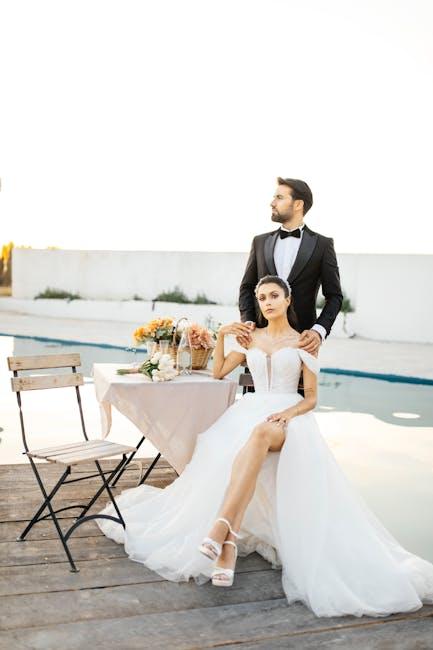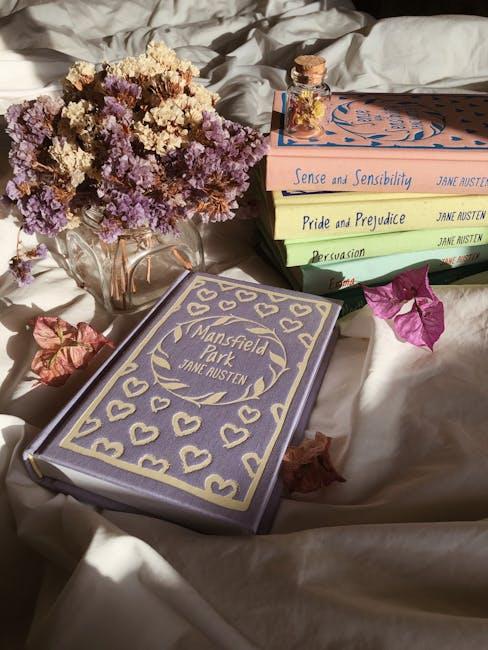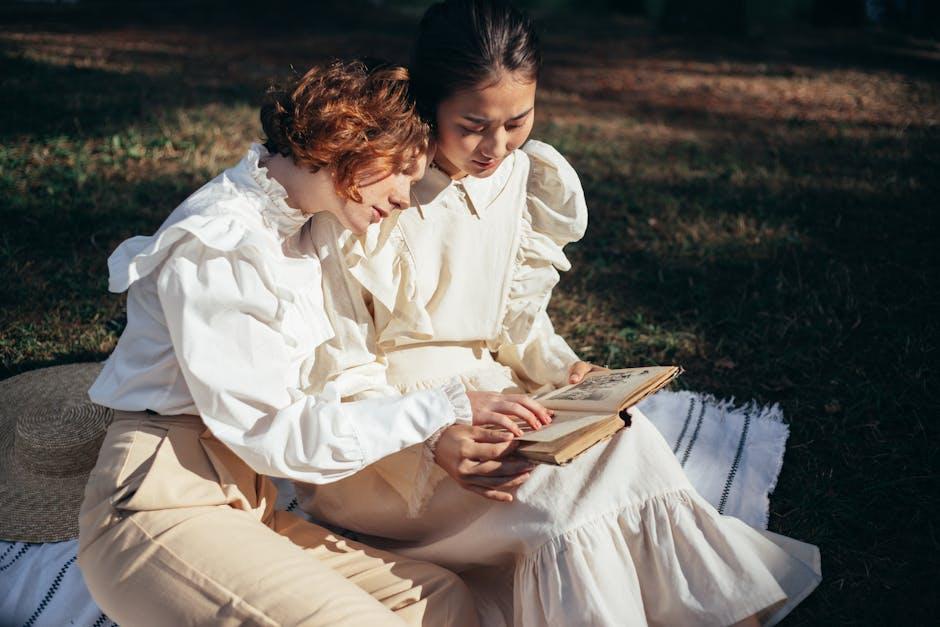In recent years, the landscape of romantic relationships has undergone significant transformations, shaped by evolving societal norms, technological advancements, and shifting cultural attitudes. Yet, as the real-world dynamics of love and partnership continue to diversify, questions arise about whether the romance genre in literature and media is adequately reflecting these changes. Traditionally characterized by predictable tropes and archetypal narratives, the genre has long been a cornerstone of popular culture, offering escapism and idealized portrayals of love. However, as modern relationships become more complex and varied, from digital courtships to unconventional family structures, there is a growing debate about whether the romance genre is keeping pace with these developments. This article seeks to explore the intersection of fiction and reality, examining whether the genre’s conventional frameworks still resonate with contemporary audiences or if they risk becoming outdated in an era defined by diversity and inclusivity. Through an analytical lens, we will assess the extent to which the romance genre reflects or lags behind the nuances of modern love, considering the implications for both creators and consumers.
Understanding the Evolution of Romantic Narratives in Contemporary Society
In recent years, the romance genre has faced criticism for its perceived inability to reflect the complexities of modern relationships. As society evolves, so do the dynamics between individuals, yet many romantic narratives seem to cling to outdated tropes. These narratives often prioritize idealized notions of love, characterized by:
- Traditional gender roles that reinforce stereotypes.
- Linear relationship progressions that fail to account for diverse romantic paths.
- Unrealistic resolutions that ignore the intricacies of real-life conflicts.
While some contemporary works have begun to address these issues, incorporating themes like polyamory, digital romance, and evolving gender identities, they remain the exception rather than the norm. The challenge lies in balancing the escapism that readers seek with a portrayal of relationships that resonates with their lived experiences. As such, there’s a growing demand for stories that embrace authenticity and diversity, pushing the genre towards a more inclusive and realistic representation of love in today’s world.

Examining the Discrepancy Between Traditional Romance Tropes and Modern Relationship Dynamics
The traditional romance genre often relies on timeless tropes such as the “damsel in distress,” “love at first sight,” or the “love triangle.” These tropes have been staples in storytelling for centuries, capturing the imagination with their simplicity and predictability. However, modern relationship dynamics have evolved, reflecting changes in societal norms and individual expectations. Today, relationships are more likely to be defined by equality, diversity, and individual autonomy, challenging the relevance of these conventional narrative devices.
Consider the following shifts in modern relationships that contrast with traditional romance tropes:
- Fluidity in Gender Roles: Unlike the rigid roles often depicted in classic romance, contemporary relationships celebrate fluidity and equality, breaking away from the stereotypical masculine and feminine dynamics.
- Digital Influence: With the rise of online dating and social media, the ways people meet and interact have transformed, presenting new storytelling opportunities that remain underexplored in traditional romance.
- Focus on Self-Discovery: Modern narratives often emphasize personal growth and self-discovery, shifting the focus from simply finding a partner to understanding oneself within a relationship.
These developments suggest a gap between the romance genre and the realities of contemporary love. While traditional tropes offer comfort through familiarity, they risk becoming outdated if they fail to resonate with the complexities of modern relationships.

Analyzing Reader Expectations: Are Romance Novels Meeting the Needs of Todays Audience
The romance genre has long been a staple of literary escapism, yet the dynamics of modern relationships are prompting a closer examination of whether these novels are keeping pace with evolving reader expectations. Today’s audience is diverse and often seeks representation that reflects their own experiences and values. Many readers are looking for narratives that go beyond the traditional tropes, yearning for stories that resonate with contemporary themes such as diversity, gender equality, and authentic emotional complexity.
- Diversity in Characters: Readers are increasingly vocal about the need for diverse protagonists and settings. Whether it’s cultural, racial, or sexual orientation, the demand for inclusivity is reshaping how love stories are crafted.
- Realistic Portrayals of Relationships: The idealized, often clichéd portrayals of love and romance are being challenged by readers who desire more realistic depictions of the ups and downs of relationships.
- Empowered Female Characters: There’s a growing expectation for strong, independent female leads who defy traditional roles and stereotypes, reflecting the real-world shifts in gender dynamics.
While the genre has made strides in addressing some of these expectations, there remains a question of whether it is fully meeting the nuanced demands of its contemporary audience. As the landscape of personal relationships continues to evolve, so too must the stories that aim to capture their essence.

Recommendations for Authors: Innovating Romance Literature to Reflect Diverse Relationship Models
To truly innovate within romance literature, authors are encouraged to explore the vast spectrum of relationship models that exist in today’s world. Monogamous relationships have long been the cornerstone of the genre, but the narrative landscape is ripe for the inclusion of polyamorous, open, and non-binary partnerships. By doing so, writers can create more inclusive and relatable stories that resonate with a broader audience. Consider integrating characters who navigate the complexities of blended families, or those who find love across cultural and generational divides, reflecting the rich tapestry of modern relationships.
- Diverse Cultural Narratives: Incorporate stories from underrepresented cultures to bring authenticity and depth.
- Intersectional Identities: Develop characters who embody various identities, such as LGBTQ+ or differently-abled individuals.
- Realistic Conflict Resolution: Showcase how characters manage real-life challenges and conflicts, fostering a sense of relatability.
Narrative experimentation is another avenue authors can explore. Employing non-linear storytelling or multiple perspectives can offer fresh insights into relationship dynamics. Moreover, the inclusion of technology’s impact on romance, from dating apps to long-distance communication, can ground stories in contemporary realities. By embracing these recommendations, authors not only enrich their narratives but also contribute to a more inclusive and reflective genre that mirrors the diversity of real-world relationships.







































